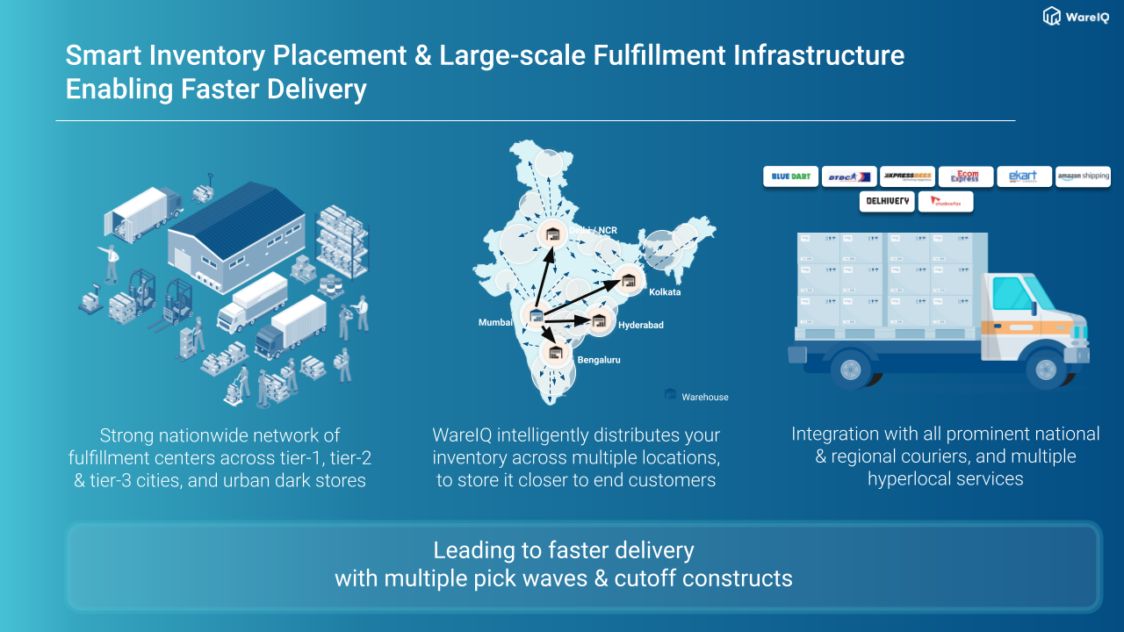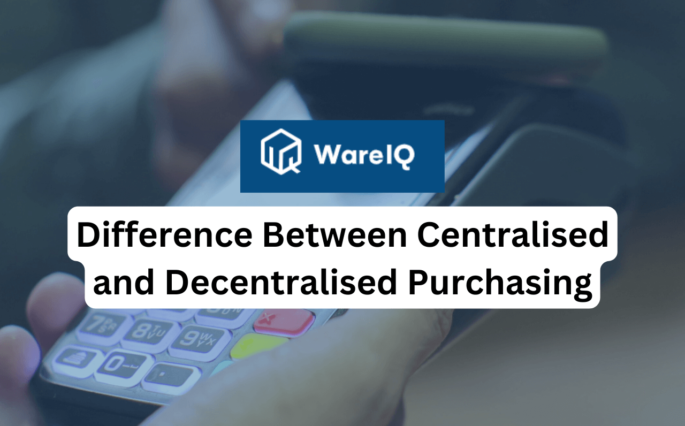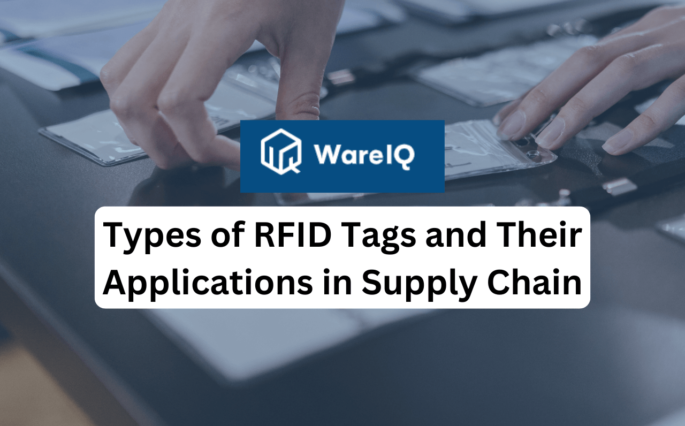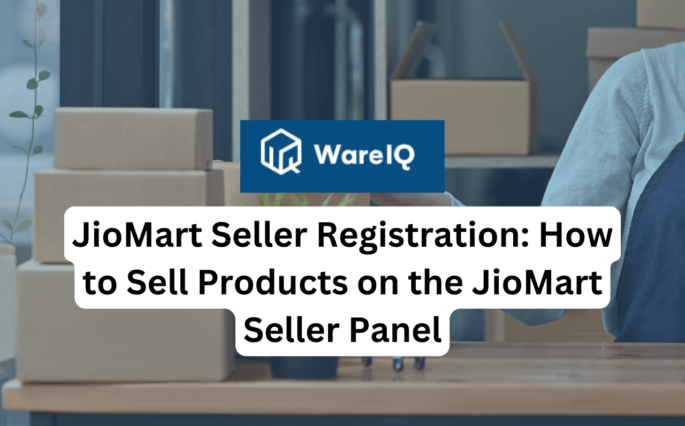What is Peak Season Shipping? 10 Proven Ways to Prepare eCommerce Stores for Peak Season Shipping in 2025

Businesses often wait for peak season to expand their operations, launch new products, open new branches, and more. The peak season has a lot of potential to generate sales and revenue. Businesses see it as an opportunity to populate their brand, clear stock, generate leads, and store data.
Peak season sale is a familiar term for everyone who shops online but the people involved in setting it up know that it is a complex task and requires perfection in terms of planning and execution. Initiating the fulfillment process after getting multiple orders during peak season becomes more of a challenge than an opportunity.
Learn the ins and outs of peak season shipping including the challenges, opportunities, planning, and factors to be taken care of before a big event.
- What is Peak Season Shipping?
- Peak Season Shipping Challenges
- 10 Proven Ways to Prepare Online Stores for Peak Season in 2025
- Plan in Advance
- Use Dropshipping & Direct Fulfillment
- Utilise Technology
- Partner With a Trusted 3PL Provider
- Utilize Multiple Shipping Carriers
- Use Multiple Warehouses Across Different Locations
- Calculate MOQs and EOQs
- Prioritize Your Peak Freight Shipments
- Establish Reverse Logistics
- Opt for Damage & RTO Insurance
- How Can WareIQ Help You in Peak Season Shipping?
- Peak Season Shipping FAQs (Frequently Asked Questions)
What is Peak Season Shipping?
Peak season shipping or peak season fulfillment is the term that refers to fulfilling eCommerce orders during peak season when there are a high number of orders. The time of the year may differ depending on location, season, festival, culture, celebratory events, etc. During peak season shipping, retailers have a large number of orders to fulfill due to growing customer demand during that period. At this time, sales velocity is at its highest.
It is a testing time for supply chain efficiency, inventory planning & management, 3PL fulfillment partners, and a seller’s skills in order management. Any disruption can result in late delivery, damages, lower revenue margins, bad customer experiences, and ultimately downgrades a seller’s ratings.
WareIQ, an eCommerce fulfillment company, empowers online brands with a superior-tech platform to compete with Amazon like service levels by bringing their average delivery timelines from 5-10 days to 1-2 days.
Peak Season Shipping Challenges
When you have a high number of orders, you have more chances of making mistakes during peak season shipping so let’s look at some challenges that retailers face:
Fulfilling Orders at a Fast Pace
Fulfillment companies and sellers usually provide same-day and next-day delivery as one of their USPs which is quite a difficult task to achieve when you have high sales velocity. Peak season fulfillment is a trying time for retailers because every department will be struggling to meet its quotas due to the increased demand. On the other hand, customers continue to demand ultra-fast peak season shipping to take full advantage of the season.
Lack of Staff During Holidays
As the name suggests, seasonal sales occur during special times of the year so a large part of the workforce may want to take leaves which puts extra strain on retailers. This is not just limited to supply-chain staff but also employees that handle picking, packing, inventory management, and other processes.
To counter this, a seller can ask their staff to work reduced shifts, provide incentives on orders and give their staff a bonus post-sale, based on their performance.
High Expectations From Customers
During peak season, customers expect to receive their orders before a specified time period. In India, peak season shipping needs to meet customers’ expectations as they often plan ahead and expect to receive their orders before the start of a holiday season or festival.
Risk of Product Damage
Damage can occur during peak season fulfillment while storing, picking, packing, shipping, delivering, and managing returns.
When retailers need to provide peak season shipping for a large number of orders, they cannot provide personalized care to each item because it will take extra time. They are under pressure to provide delivery services at the same pace while having to fulfill a much larger number of orders than any other time of the year, which leads to more careless handling of products and thus, there is more scope for mishaps to occur.
Limited Amount of Warehouse Space
While providing peak season shipping, you have more items to deliver which means that the sales velocity is high and you need to have an appropriate amount of inventory and enough space in the warehouse to store it. Keeping only a few items in stock can result in product shortages and storing more items than the warehouse capacity allows can result in product damage and deterioration.
Incompetent Supply Chain Processes
An incompetent supply chain could be your biggest challenge during peak season fulfillment. An order that is not fulfilled properly leads to customer dissatisfaction. If a logistics company does not deliver on time or damages the product in transit, there is a high chance of the customer returning the product and giving negative feedback to your business. The customer may never think of ordering from your business again which could result in other customers not giving it a chance.
10 Proven Ways to Prepare Online Stores for Peak Season in 2025
Plan in Advance
To plan ahead of time and prepare online stores for peak season, arrange all of the data, create and implement planned promotions and figure out how you will handle the surge in demand. You can optimize stock levels and make smarter decisions about when and how much to reorder for each SKU by estimating demand.
Though inventory forecasting may never be 100% precise, there are things you can do to bring your projections closer to reality such as analysing seasonal historical data, considering upcoming promotions and expected demands, and tracking fast-moving vs. slow-moving products to optimize stock levels.
In the case of a stockout, you will have to set up a mechanism that immediately identifies products that have a low level of stock and that are out-of-stock in your store, so both you and your consumers are aware of the current availability of stock. If you have dead stock, you can launch a promotion or a flash eCommerce sale to clear it out and create space for in-demand products.
Use Dropshipping & Direct Fulfillment
Dropshipping, also known as direct fulfillment, is a business strategy in which online retailers, with the help of their merchants, distribute products directly to customers, without assistance from 3PL fulfillment services. Here, an eCommerce seller does not purchase or store inventory with them. They list it on their websites, generate sales, and take care of peak season shipping directly to the customer from their supplier or supply chain network.
The dropshipping fulfillment process involves:
- eCommerce sellers listing items on their website or other selling channels
- Buyers ordering a product from any of the platforms
- The buyer is informed about the order placement and if there is an additional shipping fee
- Seller replicating the order with the supply chain network and keeps the vendor in the loop
- Vendor or fulfillment companies pick & packing the order and ship it directly to the buyer
Utilise Technology
A simplified tech stack can increase peak season shipping speed while improving order accuracy. It also delivers accurate data in real-time that can be integrated across multiple platforms.
Before you begin peak season shipping, add the following technological elements to your supply chain:
- Warehouse Management System (WMS)
- Inventory Management Software (IMS)
- Order management
- Supply chain management
- Automated order processing
- RTOs and Returns management
Partner With a Trusted 3PL Provider
It’s difficult to meet seasonal demand on your own and leasing your own warehouse can be costly and time-consuming. From inventory planning to returns management, working with a 3PL like WareIQ gives you access to premium technology and direct connections with major eCommerce systems. It’s never too late to include technology in your supply chain if you want to optimize it before peak season fulfillment. Partnering with a 3PL can make the hectic season a lot easier to handle by providing the following:
- Ability to focus more on core business operations
- Fulfills orders on behalf of you
- Takes care of multi-channel sales orders
- Gives you multiple eCommerce warehouses and intelligent inventory placement
- Providing technological benefits and monitoring of your business from a single platform
- Take care of COD orders and settles transactions within a week
- Ensures same-day and next-day delivery
Utilize Multiple Shipping Carriers
You can increase your peak season shipping flexibility by using different shipping companies. However, collaborating with various shipping carriers can be time-consuming and it may cause you to fall below the minimum shipping threshold required to receive discounted shipping prices.
Fortunately, a 3PL like WareIQ can assist you by giving you the choice of a variety of logistics firms like BlueDart, DTDC, DHL, etc. This will allow you to optimize your shipping strategy without having to manage things on your own. WareIQ also negotiates bulk shipping costs so that you can benefit from the savings.
Use Multiple Warehouses Across Different Locations
If you work with a third-party logistics company, you will be able to distribute inventory across different fulfillment centers, lowering shipping costs and shortening transit times in the process.
WareIQ has locations all across the nation. It gains access to data tools and helps you determine which regions are generating the most sales, so you can improve your inventory allocation plan accordingly because every location is driven by the same technology.
You can match consumer expectations by using a distributed inventory technique to offer competitive, rapid and economical delivery choices such as same-day or next-day delivery with a minimum spending threshold that exceeds your average order value (AOV).
Calculate MOQs and EOQs
During peak season shipping, you need to have a good amount of inventory to fulfill the orders of all your buyers. Also, you must take care not to buy more inventory than is necessary to avoid your money being held up.
To provide the ideal peak season fulfillment, you need to calculate the number of items you need to keep. There are two major ways to do so:
Economic Order Quantity (EOQ)
The economic order quantity (EOQ) is a method used to determine the actual inventory quantity to order. It is calculated after taking into account product demand, unit pricing, and holding costs to assist sellers in figuring out the order quantity.
The purpose of EOQ is to help sellers figure out how many products they need to meet demand without overordering and raising their holding costs. A seller must have a good grip on the following to make this method work:
- Order costs – Cost per merchandise order
- Demand rate – Sold units during a certain period
- Holding costs – Expense for holding the product
The EOQ formula is :
EOQ = Square Root of [{ 2 (Order Costs) X (Remand Rate)} / Holding Costs ]
Minimum Order Quantity (MOQ)
The minimum order quantity (MOQ) is a method used for calculating the amount of inventory a seller should order at any given time. This is for the sellers who wish to be careful with their ordering habits or want to maximize their cash on hand while avoiding excessive inventory storing and spending.
There isn’t a set formula to calculate MOQ but a seller can calculate the right MOQ for their business by:
- Calculating Demand
- Being Aware of Holding Costs
- Knowing the Breakeven Point
- Determining MOQ
Prioritize Your Peak Freight Shipments
Shipments can get delayed during peak season shipping. You need to inform your freight partner about boxes or containers that consist of higher-priority items. Before a shipment is rolled out, the relevant teams will be notified and they can help guarantee that higher-priority boxes or containers will be given extra importance.
You can prioritize using a variety of factors such as securing prepaid orders first and then others. If you sell laptops and other peripherals, try to deliver the laptop primarily and other related products after that so that there will be fewer chances of order cancellation, RTOs, and unhealthy feedback. The idea is that your key product should be delivered first.
Establish Reverse Logistics
By making the returns procedure as simple as possible for the customer, you can enhance brand loyalty and retain customers. A positive returns experience may also inspire your clients to exchange their items, allowing you to avoid losing a transaction.
To ensure you are not losing money, make necessary changes to your return policy. Examine which products are getting the most returns, figure out why and make modifications to the products and/or product descriptions to better meet expectations.
Also, make sure you have a well-defined return and exchange policy in place that is easy to comprehend and accessible on your online store or product listings page at all times of the year.
Opt for Damage & RTO Insurance
A recent report from April 21 to April 22 shows that Indian buyers returned 73% of products after buying them online.
Damage and returns can be more painful than having few or no sales. Here, the seller pays delivery costs and risks product damage in transit twice and in the end, they do not achieve the sale and no revenue is generated.
So these days, online sellers not only have an option of taking insurance on the product but also on RTOs.
In RTO insurance, sellers are paid a specific amount of money if the product gets returned.
WareIQ’s RTO Meter shows the RTO requests of individual buyers. If any buyer in the past had not received a product then it would reflect on the RTO Meter. A buyer with high RTOs is not preferred and insurance companies do not cover them in the policy.
How Can WareIQ Help You in Peak Season Shipping?
Ensuring that every component of your supply chain is synchronized is the best approach to preparing for peak season shipping and satisfying consumer expectations. You can outsource fulfillment to a 3PL expert like WareIQ instead of operating a warehouse, investing in your own fulfillment software, and shipping orders yourself. Leave it to the experts and save time and money to utilize it in the long run.
WareIQ does not just provide multiple warehouses and logistics. It is a full-stack eCommerce fulfillment service provider that operates across India. It empowers you to ensure your customers receive same-day or next-day delivery.

WareIQ provides warehouse management, inventory planning and management, logistics management, and much more, with full transparency in terms of operations and supplying real-time inventory information. Our custom WMS integrates with leading eCommerce selling channels allowing sellers to have all of their order and shipping data in one place.
WareIQ also assists you with your item purchasing list by determining the right quantity and the right time to procure it.
- Pan India Fulfillment & Darkstore Network: Plug-and-play fulfillment infrastructure with no minimums, which is compliant with Amazon Seller Flex, Flipkart Assured, Myntra and other marketplaces
- Inventory & Network Planning Excellence: Best-in-class AI models for sales forecasting, product segmentation, and inventory management to reduce inventory by 40% and increase revenue by 10%.
- Vertically Integrated Fulfillment Tech Stack: Our Fulfillment Tech Solution supports integrations with 20+ top marketplaces & D2C platforms, and prominent national, regional and hyperlocal couriers, enhancing reach by covering deliveries for 27,000+ pin codes
- Supply Chain Productivity Applications: Integrate a host of supply chain productivity apps with a single-click to your existing CRMs, ERPs & accounting software to manage your logistics workflows from one command center. Use Apps like RTO Shield to get 100% RTO protection, Branded Tracking to turn your order tracking page into a profitable marketing channel, and many more.
Trusted by 300+ top Indian brands, we are helping them accelerate online sales and expedite their growth through a synergistic combination of advanced technology, robust fulfillment infrastructure & seller enablement services!WareIQ is backed by leading global investors including Y Combinator, Funders Club, Flexport, Pioneer Fund, Soma Capital, and Emles Venture Partner.









